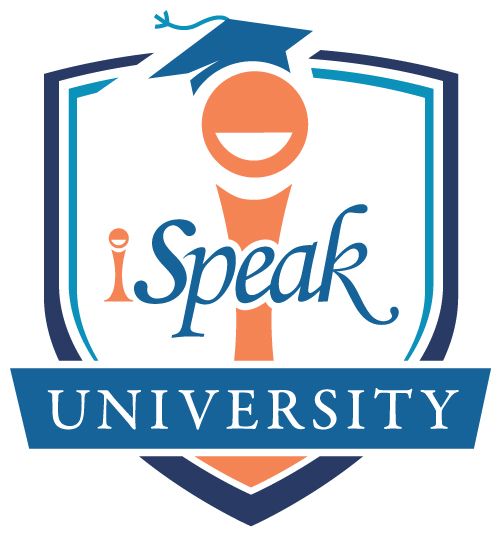As powerful as that statement sounds, in our data-driven world, sometimes we lose the true meaning and impact of the numbers. While the numbers sound staggering, my argument to the class is that there could be a more powerful method for engaging my audience… use a story! Then I bring up a picture of a smiling young girl on the screen and I start over with another option to engage the audience…
“This is Emily. She lives in Houston with her single mother. In Emily’s 4 short years of life she has one thing she has never known… dinner. While her mom works extremely hard on two jobs just to make ends meet, there is only enough money to buy food for two meals a day, because of that… Emily goes to bed hungry every night.”Instead of telling your audience about the 300,000, what if we just select one of the 300,000 children and tell her story?
The Heath Brothers, authors of (
Made to Stick and
Switch), point out that sharing a story about the one can have a much stronger effect on the audience than all the statistics and data. Here are 5 reasons why stories may be a better option to engage your audience.
Numbers don’t lie, but they are cold and heartless. We don’t connect with data, we connect with people. When you tell a story, give your characters names. We engage at a whole new level once we know the characters’ names because now we see them as people, just like us.
Big numbers can create a “Wow!” moment for an audience but other than that, they’re less likely to generate strong personal feelings. As humans we feel for others when we can relate and empathize with them. It is very true that people don’t always remember the data of what you said, but they will always remember how you made them feel. Feelings help to increase retention and help to generate action from the audience.
"People will forget what you said, but people will never forget how you made them feel." ~Maya Angelou
We love stories. We’ve experienced so many stories in our lifetime with movies, television, theater, and on top of all that, we are living our own stories! In most cases, we are looking for the fairy tale ending. We want to believe that the ending hasn’t been written yet and there is still time to change the course of the story. The logical side of our brain sees the dilemma. It’s a problem that can be solved.
As co-stars in this thing we call life, when we hear about a character in a situation, we begin to relate to that character. Even if we have never been in the same type of situation, we will naturally empathize with the character’s dilemma. As we understand and feel the gravity of the situation, our mind begins to imagine alternative futures and potential solutions.
When stories are told, we activate the creative regions of our brain to paint the picture or scene in our minds. Even without all of the details from the speaker, our brains will fill in the gaps and complete the scene in our minds. The beauty of activating the audiences’ imagination is that it provides the mechanism for creatively solving problems. The audience will naturally begin to work on creative solutions even before the speaker asks for help with a solution.
"Stories get better at the fork." ~Russ Peterson Jr.
Not every situation requires a story to achieve your goal for speaking, but remember how we started this series on being different. The goal of any speaker is to gain the audience’s attention, generate comprehension, and maximize retention. Without those three, you are less likely to see any implementation! The one common element across the past three blog posts is using the power of “being different” to achieve just that.
I hope these posts have been helpful. Now its time for you to try it.
1. Week 1: Part 1 of 3: Start and finish with book ends
2. Last Week: Part 2 of 3: Visual attention
3. This week: Part 3 of 3: Stories vs. data
Russ Peterson Jr.
Co-Founder, iSpeak

